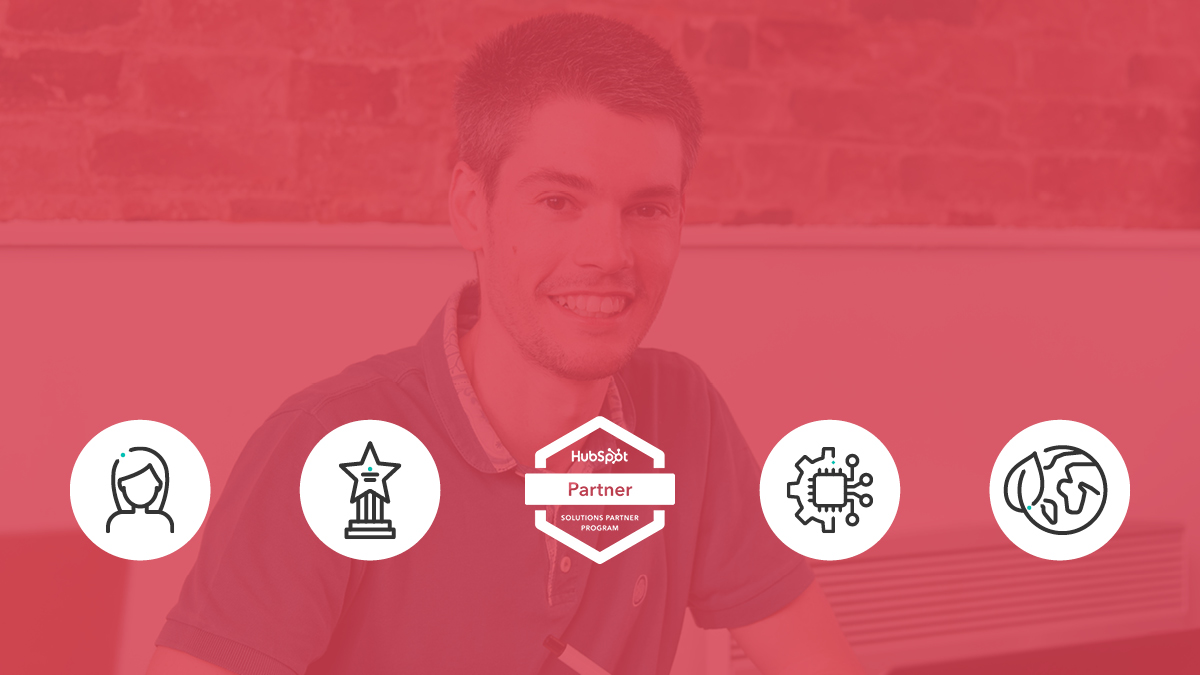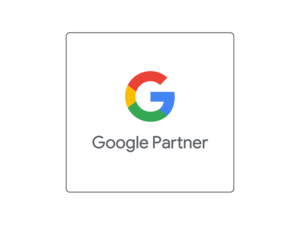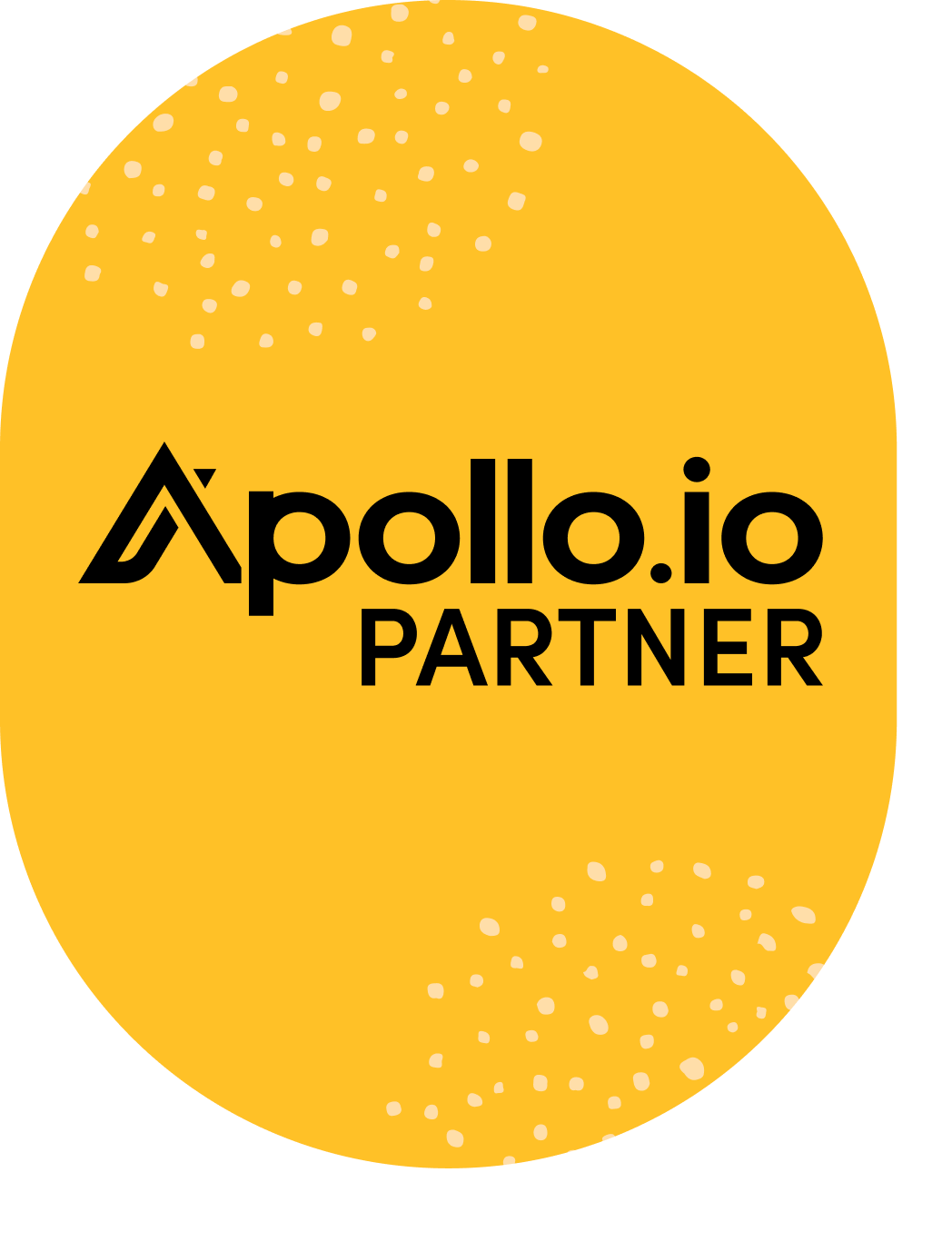Behind every successful B2B campaign, the pattern tends to be the same: a clear strategy, sharp positioning, brilliant creative, great execution… and a plan to keep the entire thing moving once it enters the world.
Too often, however, the second part is where things tend to fall down, severely impacting B2B marketing conversion rates. Lead capture happens, but handovers stall. Nurture is inconsistent, ROI anecdotal. Okay, campaigns might work, just not hard enough.
That’s where we think HubSpot really comes into its own to drive conversions. How? When set up properly, it stops good campaigns leaking value. Instead, it turns them into end-to-end conversion systems, taking care of segmentation, journey design, automation, enablement and reporting in one place.
This blog explores how teams can use HubSpot to boost B2B marketing conversion rates across the campaign lifecycle.
Oh… and I’m going to give away the ending: The Marketing Pod can help you do it.
Why HubSpot matters for B2B conversion
Conversion is never one moment. It’s a sequence of micro-interactions, decisions and nudges over time. HubSpot is built for managing that sequence with intelligence.
- It unifies channels, data and actions so you are not manually stitching spreadsheets, inboxes and tools together.
- It personalises at scale. Not ‘first-name tokens’, but entire journeys based on intent signals.
- It closes the reporting loop, turning performance into evidence, rather than assumptions.
The result is more contacts progressing, fewer chances missed and a cleaner argument for investment.
1. Build behavioural nurture that adapts, not nags
Static sequences fail because they assume every prospect behaves the same and moves at the same pace. HubSpot flips that by letting you build workflows that branch, wait, suppress or accelerate based on real behaviour: pages visited, emails ignored, meetings booked, form fields completed, deal stage changes and more.
For example, HubSpot will signal when to:
- increase frequency for high-intent signals, such as pricing page visits or repeat form views
- stop marketing emails the moment that sales takes over a lead
- create a distinct, ‘lateral’ nurturing track for leads rejected as ‘not now’, while discontinuing contact for leads tagged as ‘not ever’
Nurture then becomes adaptive, which is what truly improves results.
2. Align marketing and sales around one shared view
Conversion often fails during the handover between sales and marketing. HubSpot fixes this by giving both teams shared visibility, and automating the transition when leads hit a specific qualification point.
This means sales only receive qualified leads that are ready to buy. They get the full context - what the lead engaged with, downloaded, and said - and they can track what happens next.
3. Prove impact with conversion-level visibility
We all know how incredibly passionate executives are, but when it comes to belief in a marketing campaign, they need proof. HubSpot’s custom dashboards and multi-touch attribution help marketers report on what actually creates conversion, not just what creates clicks.
Being able to answer questions such as these will help you protect budgets and sharpen strategy. You’ll discover:
- Which channels generate meetings, not just traffic?
- Which assets shorten the sales cycle?
- What is converting and what requires a different tactic?
Two HubSpot tools that really change the game
Marketing Studio
Campaign planning and building is often splintered across documents, drives and tools. Marketing Studio gives B2B teams one shared workspace to map campaigns, assign owners, comment, build channel assets and execute, without switching tools..
Its AI assist can pre-populate key campaign metadata and proposed tracked assets, helping teams start faster and stay aligned.
Customer Journey Report
Customer journey analytics show where people convert or drop off, easily exposing bottlenecks and poor-performing content.
You can build journey reports from contacts or deals to understand not just which touches exist, but which moves people forward. Importantly, this is where optimisation becomes evidence-led rather than opinion-led.
Turning your platform into performance
Most unrealised HubSpot value lives in the gaps between features - in how they are orchestrated, not in the features themselves. The fastest way to get results is to switch to dynamic, intent-based lists that reflect real customer behaviour. The next quickest win is to tighten the sales handover, using clear, automated qualification and routing rules to put a stop to delays and confusion.
Campaigns perform better when they are part of a continuous, lifecycle-based nurture system. This works best when you pull offline sales activity into the same record, giving everyone a complete view of the customer's journey. Crucially, your reports must track revenue and progress, not just basic metrics like opens and clicks.
Get there faster with The Marketing Pod
You can purchase HubSpot in a few clicks. But extracting its full conversion value is a different ball game. The work starts with diagnosing where friction lives in your current process, then designing journeys that deliberately remove that friction rather than simply adding more automation.
As a HubSpot Solutions Partner, our team of experts are able to build the properties, workflows, routing and dashboards that bring it all to life, then translate the resulting data into decisions leadership can act on.
Finally, we make sure the system is lived in, not abandoned, by training teams until HubSpot becomes the default way of working. That’s the difference between ‘we use HubSpot’ and ‘HubSpot drives our conversions’.
Get in touch
The most effective B2B campaigns are no longer defined by what is published, but by what happens after. HubSpot turns that ‘after’ into a controlled, adaptive and measurable system. This gives marketing the ability to not only run campaigns, but to run conversion engines.
If you would like to turn HubSpot from a database into a revenue layer, we can help you get there faster.
Contact us today.






 Alexander Costello
Alexander Costello
 Raven Wheatley-Hawkins
Raven Wheatley-Hawkins
 William Tomaney
William Tomaney






.png)


